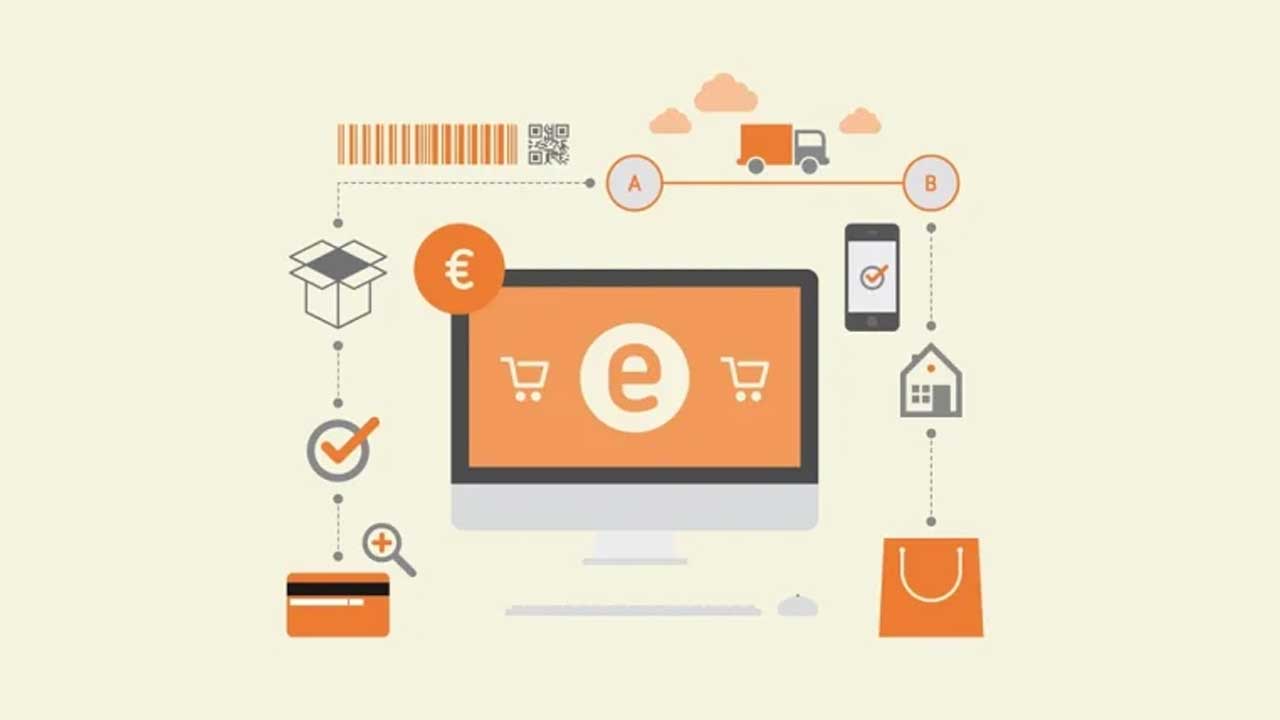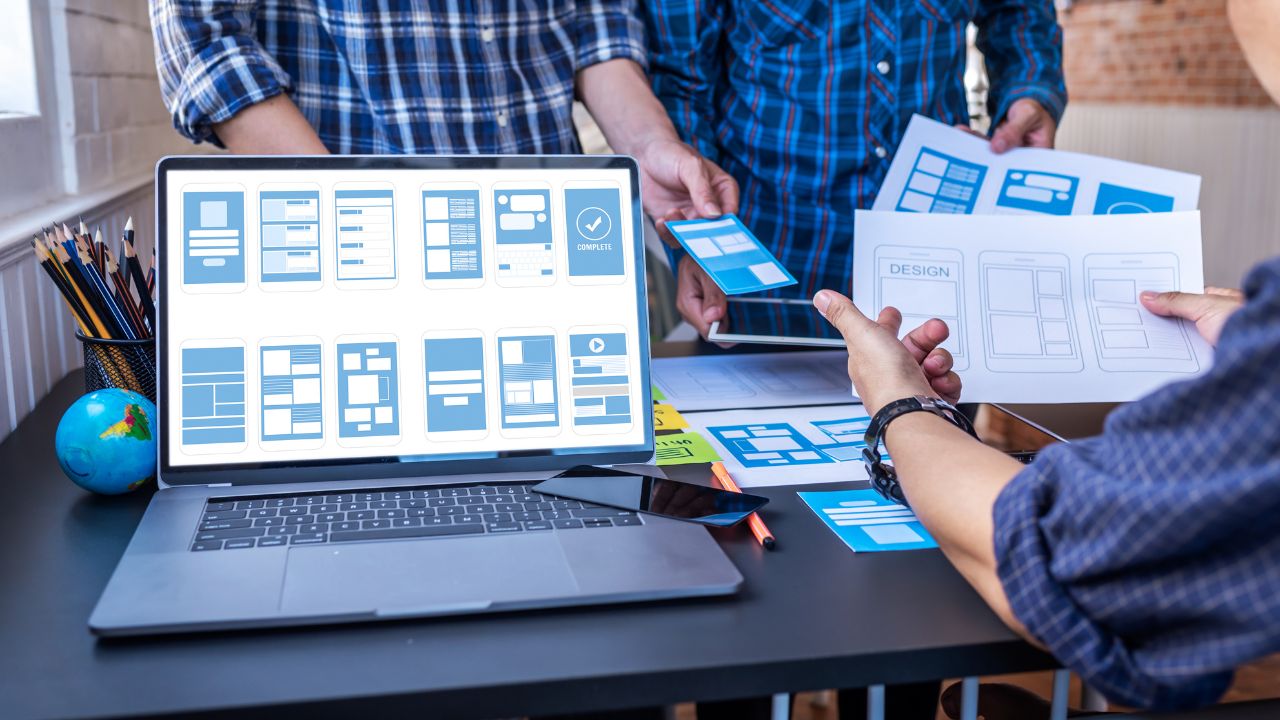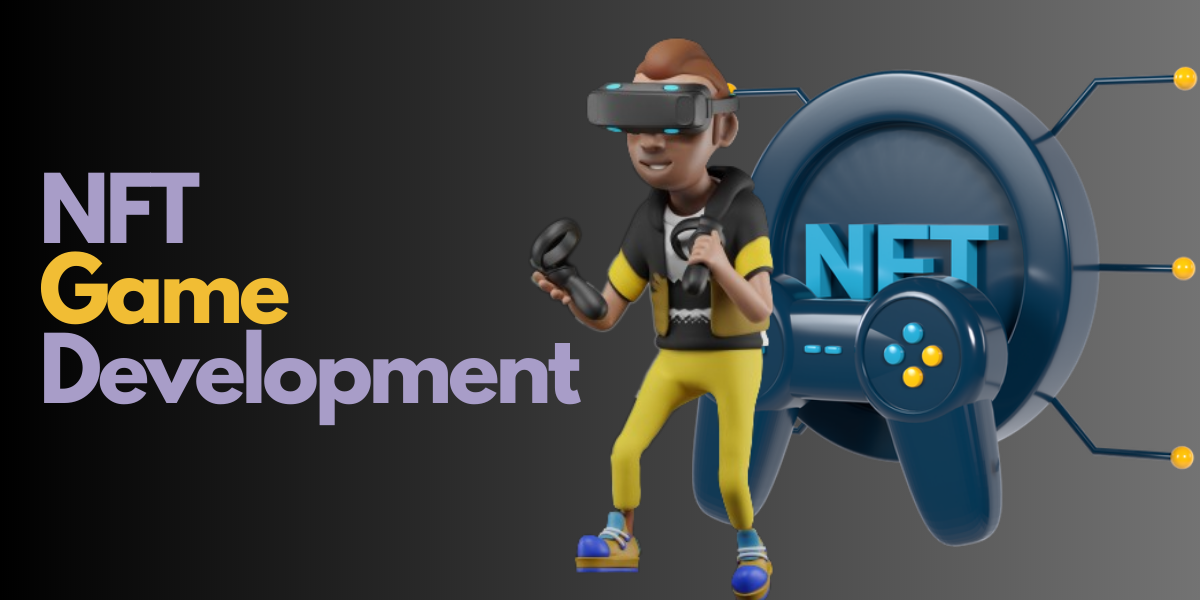Visual Design: Creating Scalable and Risk-Free Business Solutions
In the fast-paced world of business, having visually appealing designs that are functional and scalable is essential to meet ever-changing demands. Visual design is not just about aesthetics; it’s about building solutions that align with your business goals while mitigating risks. This blog will explore the importance of visual design in crafting business models that are adaptable, risk-free, and visually captivating.
Introduction to Visual Design
Visual design is the art of shaping the look and feel of a product or brand by harmonizing aesthetics with functionality. For businesses, it offers an opportunity to create user-centric, scalable, and flexible models that resonate with their target audience. The role of visual design has expanded from merely creating visually appealing elements to also enhancing user experiences and driving business growth.
Key Aspects of Visual Design in Business Solutions
Visual design covers several aspects that work together to deliver impactful business models. Here are the most important factors to consider:
1. Aesthetic Appeal
A visually stunning design creates a strong first impression. It’s the first thing potential customers notice about your brand or product. High-quality visuals, color palettes, typography, and layout are crucial for establishing trust and credibility. A professional and well-crafted design conveys confidence and attention to detail.
2. Scalability
Scalability in design ensures that the solution can grow alongside your business. Whether it’s scaling up for a larger user base or adding new functionalities, the design must remain consistent and user-friendly. Scalable design makes it easier to implement changes without disrupting user experience.
3.Risk-Free Solutions
Visual design plays a key role in minimizing risks associated with user errors, technical glitches, and business inefficiencies. By integrating clear navigation, intuitive layouts, and error-prevention mechanisms, businesses can provide a frictionless experience to their customers, reducing operational risks and costly mistakes.
4. Flexibility and Adaptability
The business landscape is constantly evolving, and your visual design must be adaptable to these changes. Whether it’s adjusting to new branding guidelines or embracing new technological trends, flexible design ensures that your visual elements can easily be updated to reflect shifting priorities or market conditions.
The Process of Creating Visual Models
Creating a visually appealing and scalable model requires a thoughtful process. Here’s how the visual design process typically unfolds:
1. Research and Discovery
Understanding the target audience, their preferences, and the business goals is the first step. This stage involves gathering insights, reviewing competitors, and defining the brand identity.
2. Wireframing and Prototyping
Before the actual design begins, wireframes and prototypes are created to visualize the structure of the design. This stage allows stakeholders to provide feedback and make adjustments without heavy investments in design resources.
3. Design and Development
Once the prototype is approved, the design team gets to work, focusing on crafting visually appealing elements while considering usability, scalability, and functionality. The development team ensures the design can be implemented seamlessly.
4. Testing and Optimization
No design is perfect without testing. Testing the design across different devices, platforms, and user groups ensures that it functions well and meets the desired business outcomes. Continuous optimization ensures that the design remains relevant and effective.
Benefits of Visual Design for Businesses
1. Improved User Experience
Well-designed visuals help improve the user journey by creating easy-to-navigate interfaces, leading to increased user satisfaction and engagement.
2. Brand Consistency
A consistent visual identity across various platforms strengthens brand recognition and loyalty. It ensures that customers have a cohesive experience regardless of where they engage with your brand.
3. Increased Conversion Rates
A visually appealing, intuitive design drives customer action. Whether it’s making a purchase or signing up for a service, good design can significantly boost conversion rates.
4. Adaptability to Market Changes
A flexible design allows businesses to pivot quickly when market trends or user needs change, ensuring long-term success without the need for constant redesigns.
Conclusion
Visual design is not just about aesthetics; it’s about creating adaptable, scalable, and risk-free solutions that align with business objectives. As the market evolves, businesses must invest in visual designs that can grow with them, maintain brand integrity, and deliver exceptional user experiences. By focusing on scalability, flexibility, and risk mitigation, companies can ensure their designs not only look good but also perform well.
FAQs
1. What is the role of scalability in visual design?
Scalability ensures that the design can grow with your business, adapting to increased user demands or new functionalities without losing its usability or aesthetic appeal.
2. How does visual design help in minimizing risks?
By creating intuitive, user-friendly designs with clear navigation and error-prevention mechanisms, visual design reduces the chances of user errors, technical issues, and inefficiencies, thus minimizing business risks.
3. Why is flexibility important in visual design?
Flexibility allows the design to adapt to changes in the business environment, such as new branding guidelines or technological advancements, without requiring a complete overhaul.
4. How does good visual design improve user experience?
Good visual design creates a seamless user journey, making it easier for customers to interact with the product or service. This leads to higher satisfaction, engagement, and ultimately better business outcomes.
5. What are the benefits of brand consistency in visual design?
A consistent visual identity helps build trust and recognition among customers, ensuring a cohesive experience across all touchpoints. This enhances brand loyalty and drives long-term success.









